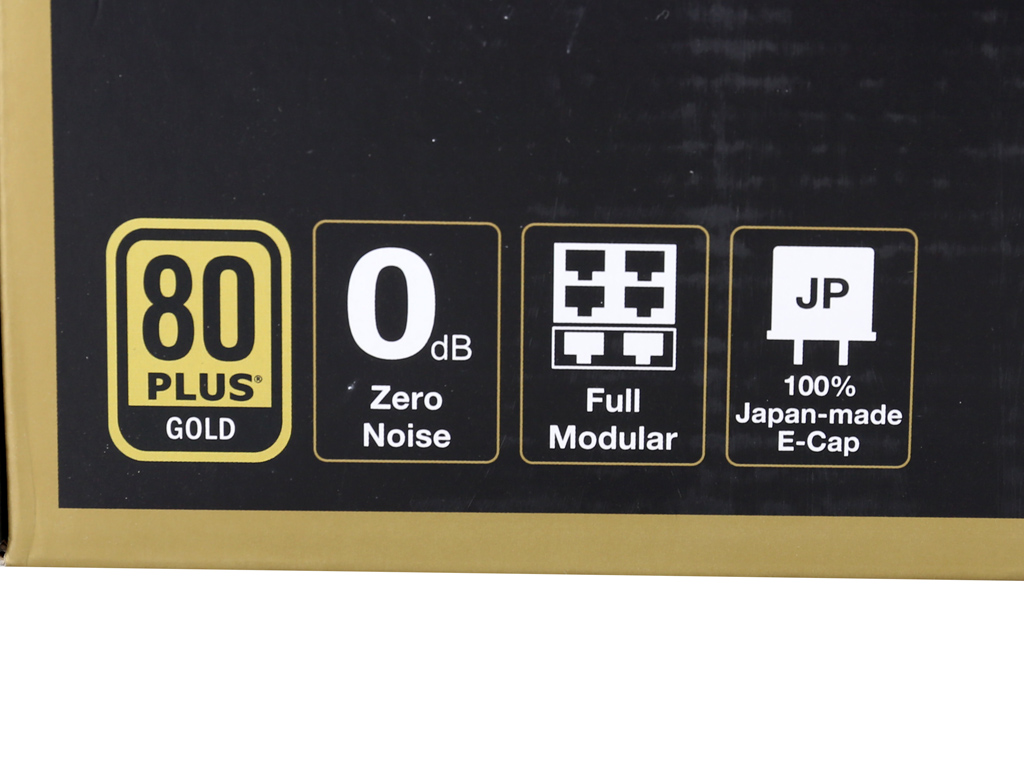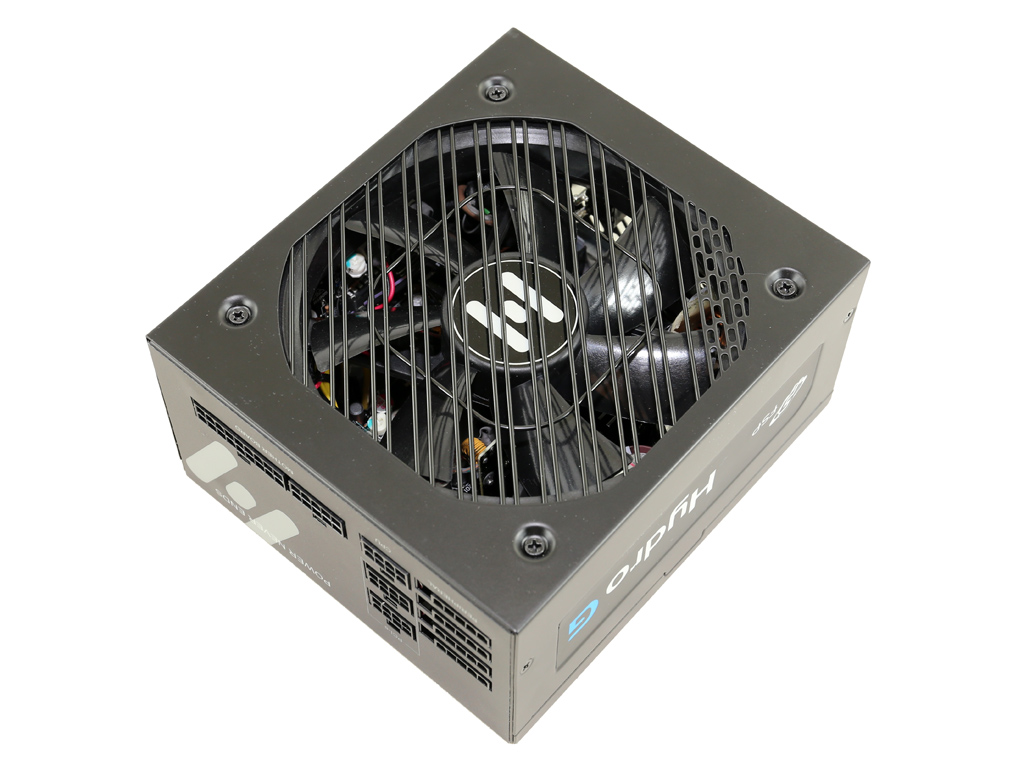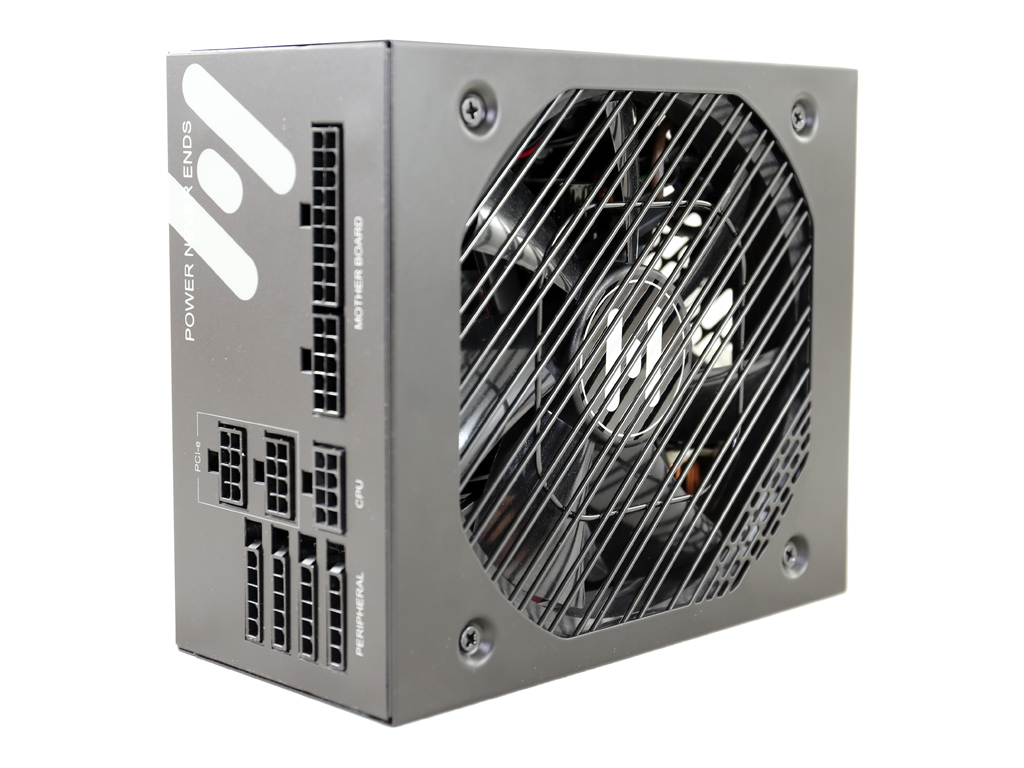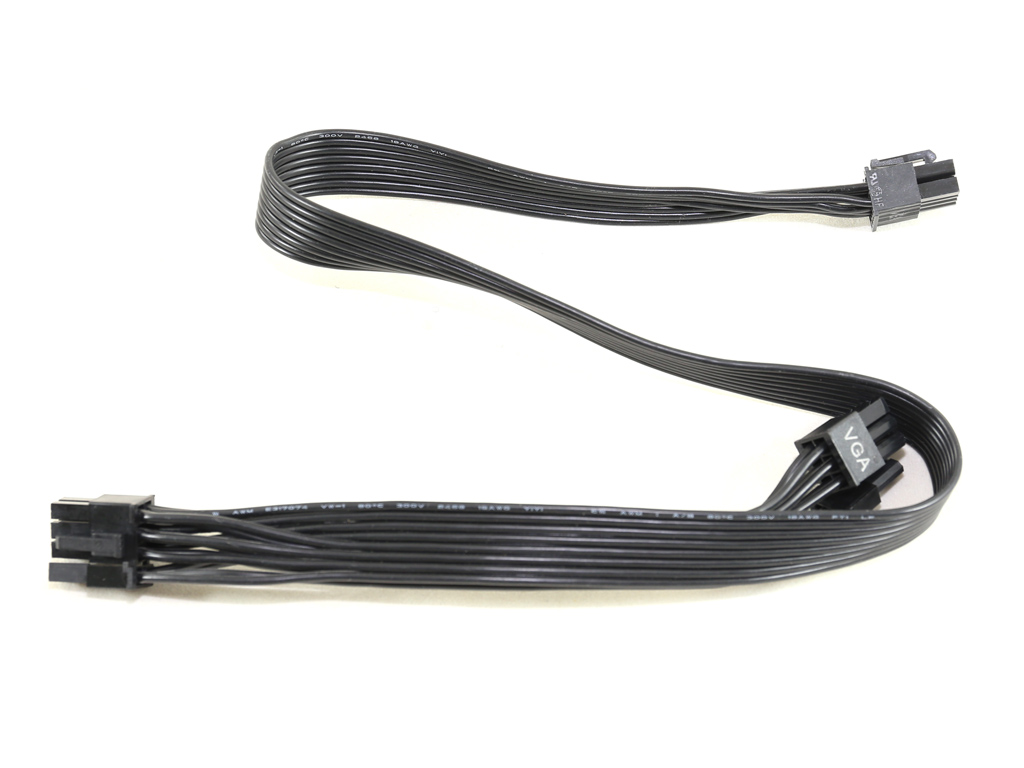FSP Hydro G 650 Power Supply Review
FSP recently released a new PSU platform that mostly addresses gamers. The Hydro G line includes three units, and today we're testing the 650W version. The PSU is 80 Plus Gold certified and features fully modular cabling. Let's see how it performs.
Why you can trust Tom's Hardware
Packaging, Contents, Exterior And Cabling
Packaging














There's a photograph of the PSU on the front of the box showing its changeable stickers. FSP bundles two sets of these so you can alter the supply's look to match your hardware. In the bottom-left corner, a series of icons depict the 80 Plus Gold efficiency, the semi-passive mode, the fully modular cabling and the Japanese electrolytic caps that this unit uses. The capacity description is found in the opposite corner.
On one of the two sides you get a description of the included cables, though there's no info on their length. On the other side of the box is the power specifications table and two graphs, illustrating the efficiency and fan noise curves.
The back has lots of interesting information, including a long feature list and a photo of the PSU's internals, highlighting the HDB fan, the dedicated PCB that regulates the 5VSB rail, the secondary side's DC-DC converters and the heat sinks that cool down the +12V FETs, which are installed on the solder side of the main PCB. We're always happy to see manufacturers providing a look at their products' internals, along with extra information on specific parts.
Contents


The PSU is well-protected in the box since it is covered by packing foam. Right next to it, we find a box containing the modular cables, a pair of Velcro straps, the AC power cord, a set of fixing bolts, the user's manual and a pair of sticker sets.




Exterior




The external design is nice thanks to the nonrestrictive fan grille and the unique front exhaust grille. The only downside is the glossy finish, which is a fingerprint magnet. The decals on the sides aren't particularly nice, but you can change them using one of the sticker sets that FSP adds to its bundle. Finally, the specifications label is found on the bottom of the supply.



The modular panel doesn't include many sockets. Not only is this due to the PSU's moderate capacity, but also because the pair of PCIe cables host two connectors each. The EPS (CPU) socket isn't compatible with the PCIe cables and vice versa. We'd really like to see a couple of EPS cables on this PSU, or FSP could equip it with a cable featuring two connectors on the other end. Some high-end mainboards need an additional EPS or ATX12V connector, and we don't like using Molex to EPS/ATX12V adapters. After all, four-pin Molex connectors are designed for much lower currents than the EPS connector. On top of that, extra connections increase wire resistance, affecting efficiency.



Overall, this is a good-looking PSU that stands out from the crowd. The dimensions are a little larger than they need to be. However, any ATX case should accommodate it without a problem.
Get Tom's Hardware's best news and in-depth reviews, straight to your inbox.
Cabling





All of the cables are flat and stealth. Their quality is generally good for a power supply in this price range, and the cables are flexible enough to facilitate easy routing inside your chassis.
Current page: Packaging, Contents, Exterior And Cabling
Prev Page Introduction Next Page A Look Inside And Component Analysis
Aris Mpitziopoulos is a contributing editor at Tom's Hardware, covering PSUs.
-
Onus I see a Performance Per Dollar chart, but so far I've not been able to find the price of this unit. What is it?Reply
-
Aris_Mp ReplyI see a Performance Per Dollar chart, but so far I've not been able to find the price of this unit. What is it?
It is 90 bucks
http://www.newegg.com/Product/Product.aspx?Item=N82E16817104200&nm_mc=AFC-C8Junction&cm_mmc=AFC-C8Junction-VigLink2-_-na-_-na-_-na&cm_sp=&AID=10446076&PID=3821802&SID=il40akd6as0035wt00053 -
mrjhh I remember FSP being an OEM for older computer vendors like DEC, so they definitely aren't a newcomer to the field. I'm glad to see they know how to build a modern supply.Reply -
Onus IMHO FSP has always had a solid but "middle-of-the-pack" reputation; not anybody's first choice, but a lot better than a lot of the junk being sold. Even their Raider units that got very critical reviews were acceptable as budget units in light use. In big box PCs, I'd certainly rather see FSP than HEC or Bestec.Reply
-
jeffunit I see "op amp amplifier" mentioned several times in the review.Reply
What is an "op amp amplifier"
Doesn't amp stand for amplifier in this context, which expands to op amplifier amplifier?
-
Odd naming scheme for a power supply. Hope it doesn't confuse anyone into thinking water goes well with it. :PReply
Always good to see some of the larger if less well known manufacturers putting out quality units. -
jeffunit ReplyWhat is an "op amp amplifier"
short for operational amplifier
op amp is short for operational amplifier.
op amp amplifier is short for operational amplifier amplifier.
You need to pay more attention to what is written. -
turkey3_scratch Good performing power supply. In terms of voltages and ripple, beats the EVGA GS. I would never hesitate to recommend this unit, if it is priced well of course, which it already is not.Reply